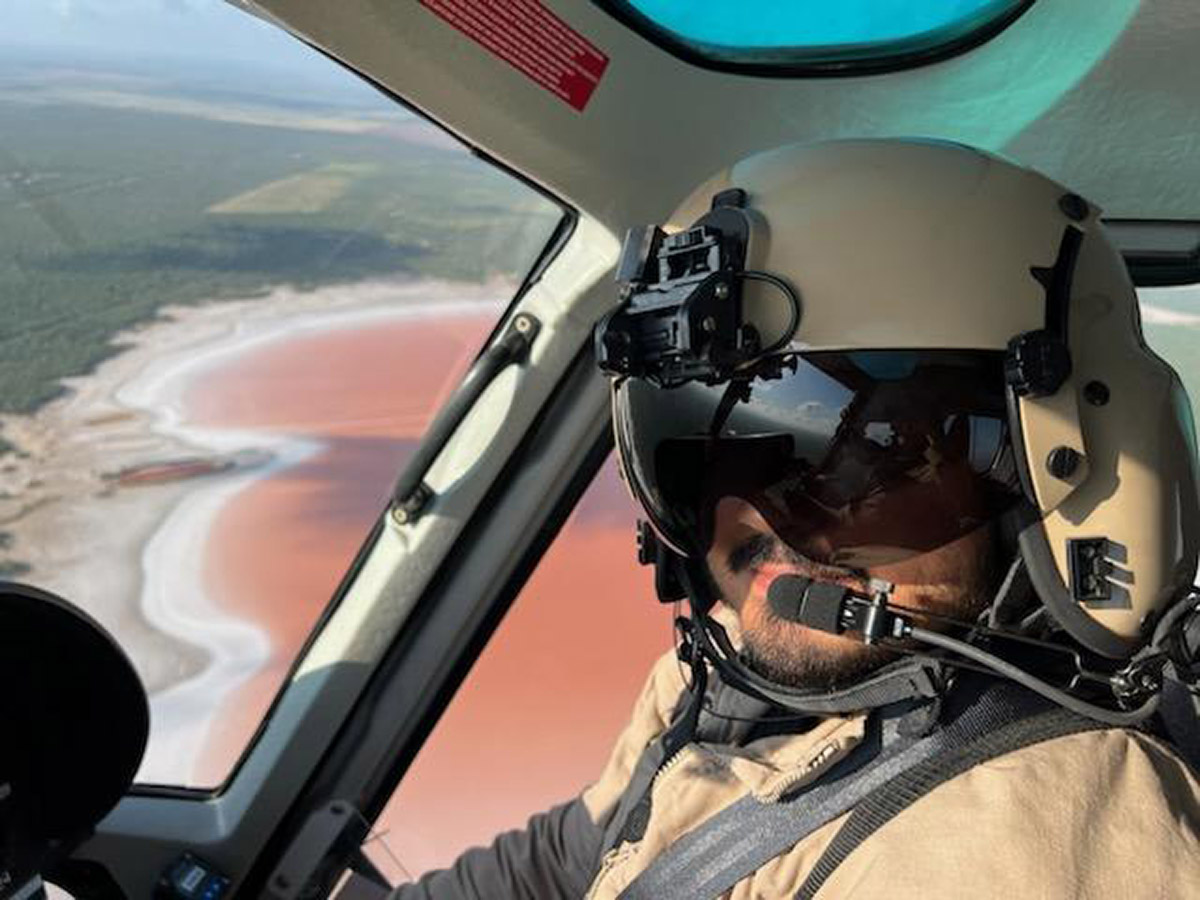When we see a heavy-lifting helicopter gracefully maneuvering through the sky with a substantial payload in tow, it’s natural to be awestruck. Behind what seems like an effortless display of aerial strength lies a fascinating interplay of physics, engineering, and aeronautical ingenuity. Here, we delve into the fundamental principles of aerodynamics that allow these remarkable machines to seemingly defy gravity and perform their critical functions in civilian and military operations.
The Aerodynamics of a Heavy-Lifting Helicopter
Lift: Beating Gravity at Its Own Game
The core principle that allows any aircraft to take to the skies is lift. Lift occurs when air moving over the rotor blades generates a pressure difference between the upper and lower surfaces. This pressure differential creates an upward force that can counteract gravity’s pull. It’s no different for a heavy-lifting helicopter, except that the rotor blades must be exceptionally robust and efficiently designed to handle the substantial weight of large loads.
The rotor blades are often wider and feature a more substantial surface area than those on smaller helicopters. This design increases the amount of air displaced, which, in turn, generates more lift. The size and shape of the blades are meticulously calculated to optimize efficiency and maximize the amount of lift produced.
Thrust: The Driving Force Forward
Unlike airplanes, helicopters have the unique ability to hover and move in any direction. This maneuverability is because of the thrust produced by the helicopter’s rotors. Multiple engines are often employed to provide the necessary power to the rotors. This additional thrust allows the helicopter not only to ascend vertically but also to control its position and bearing, even while supporting heavy loads.
For vertical motion, the helicopter’s rotors can adjust their angle of attack, which is the angle between the oncoming air and the rotor blade. By increasing the angle of attack, the rotors can bite into the air more aggressively, generating more lift and, consequently, more upward thrust. This ability is key when the helicopter needs to pick up or set down significant weights.
Rotor Dynamics: The Art of Balance and Control
The rotors are a marvel of mechanical precision. These rotating wings must not only be adept at generating lift and thrust, but they must also provide stability and control. One way pilots maintain control is through cyclic and collective controls, which alter the pitch of the rotor blades to change the direction of the lift force vector, enabling the helicopter to move laterally and longitudinally and adjust its altitude.
The science behind rotor dynamics is intricate. Blade slapping, retreating blade stalls, and torque-induced yaw are just a few phenomena that pilots must understand and manage. The engineering of these helicopters integrates advanced rotor systems that can automatically adjust to changing aerodynamic forces, ensuring stability and control even under the strain of heavy loads.
Overcoming Challenges: High-Performance Heavy Lifting
Heavy-lifting helicopters confront several challenges due to their massive burdens. Turbulence, wind shear, and variable load dynamics, for instance, can all introduce instabilities. Engineers have developed sophisticated technologies, such as active control systems and adaptive rotors, to help mitigate these factors. These systems ensure that the helicopters can perform precise operations, such as construction lifts or search and rescue missions, with remarkable accuracy and safety.
The Pinnacle of Helicopter Engineering
The helicopter is a testament to human ingenuity in conquering the laws of physics. The science of flight for these aircraft is complex, and pilots must possess a deep understanding of the principles of lift, thrust, and rotor dynamics to maneuver these giants of the sky effectively. Leading Edge Flight Academy recognizes the importance of preparing aspiring pilots with the knowledge and skills necessary to operate these powerful machines. Whether for lifesaving missions or critical construction tasks, helicopters of all kinds remain an essential asset in the aviation landscape, one that continues to inspire awe and respect for its capability to defy gravity.
